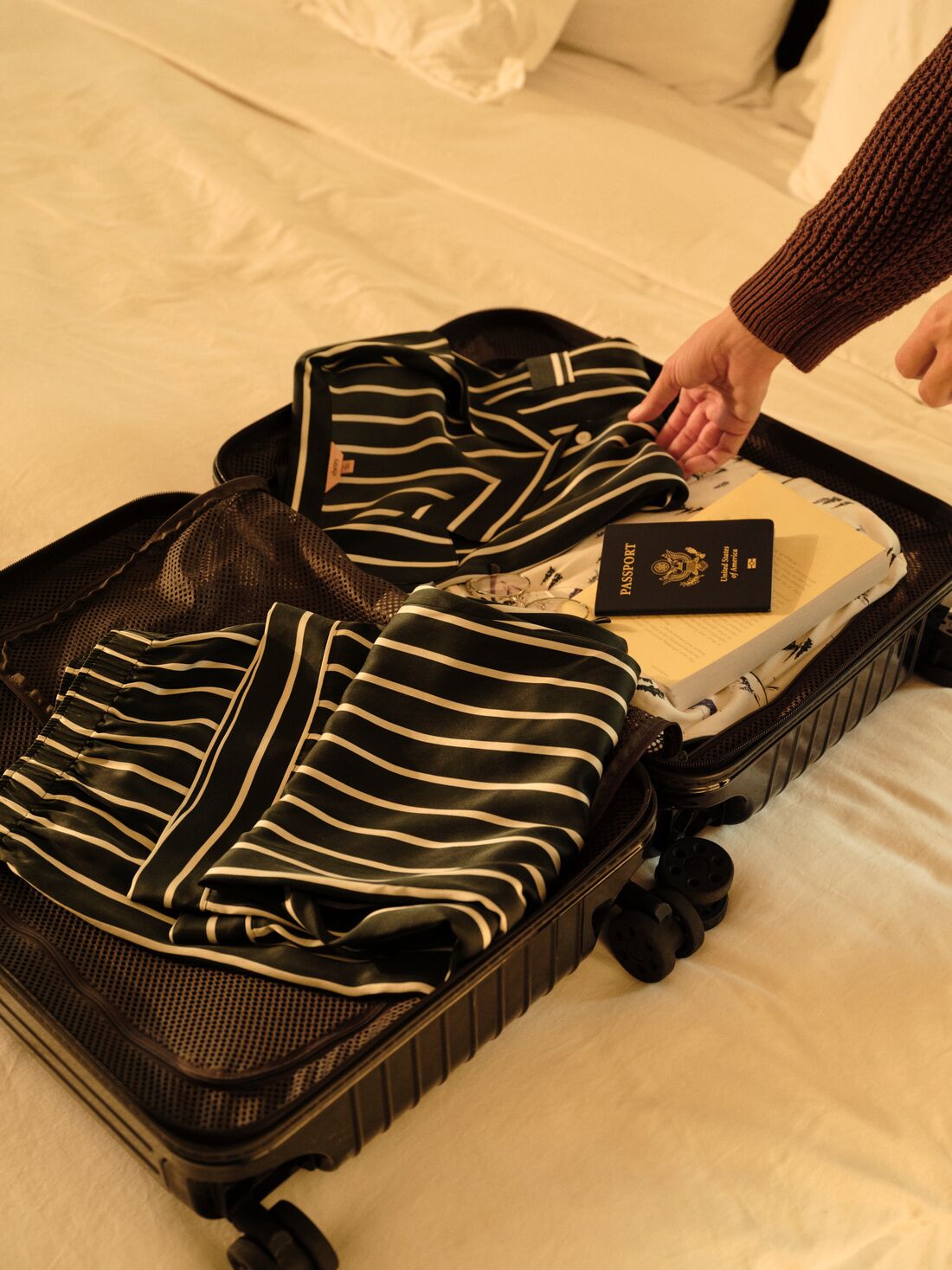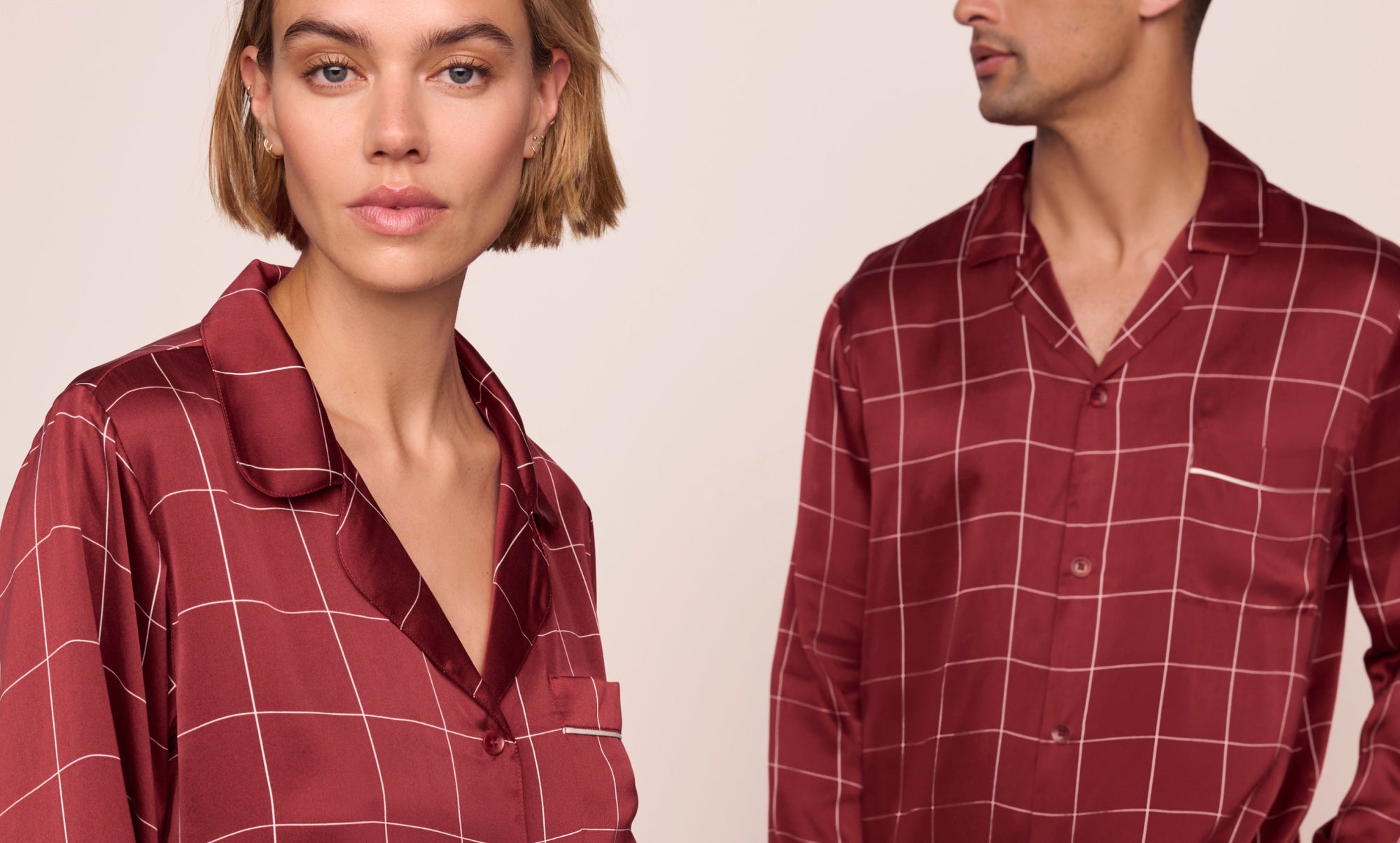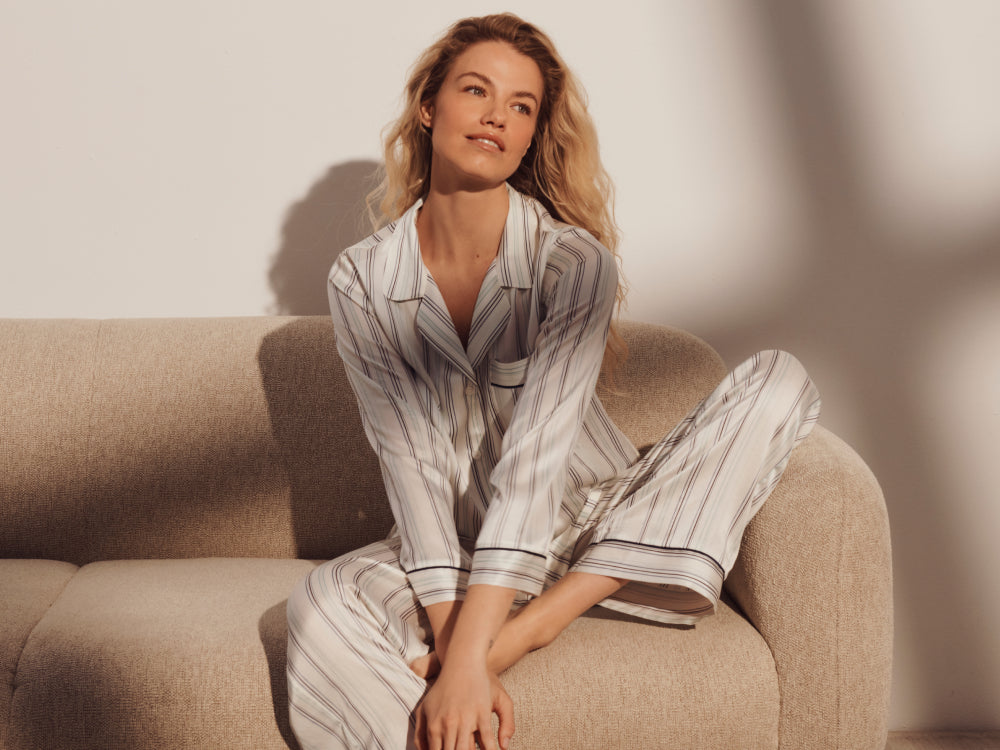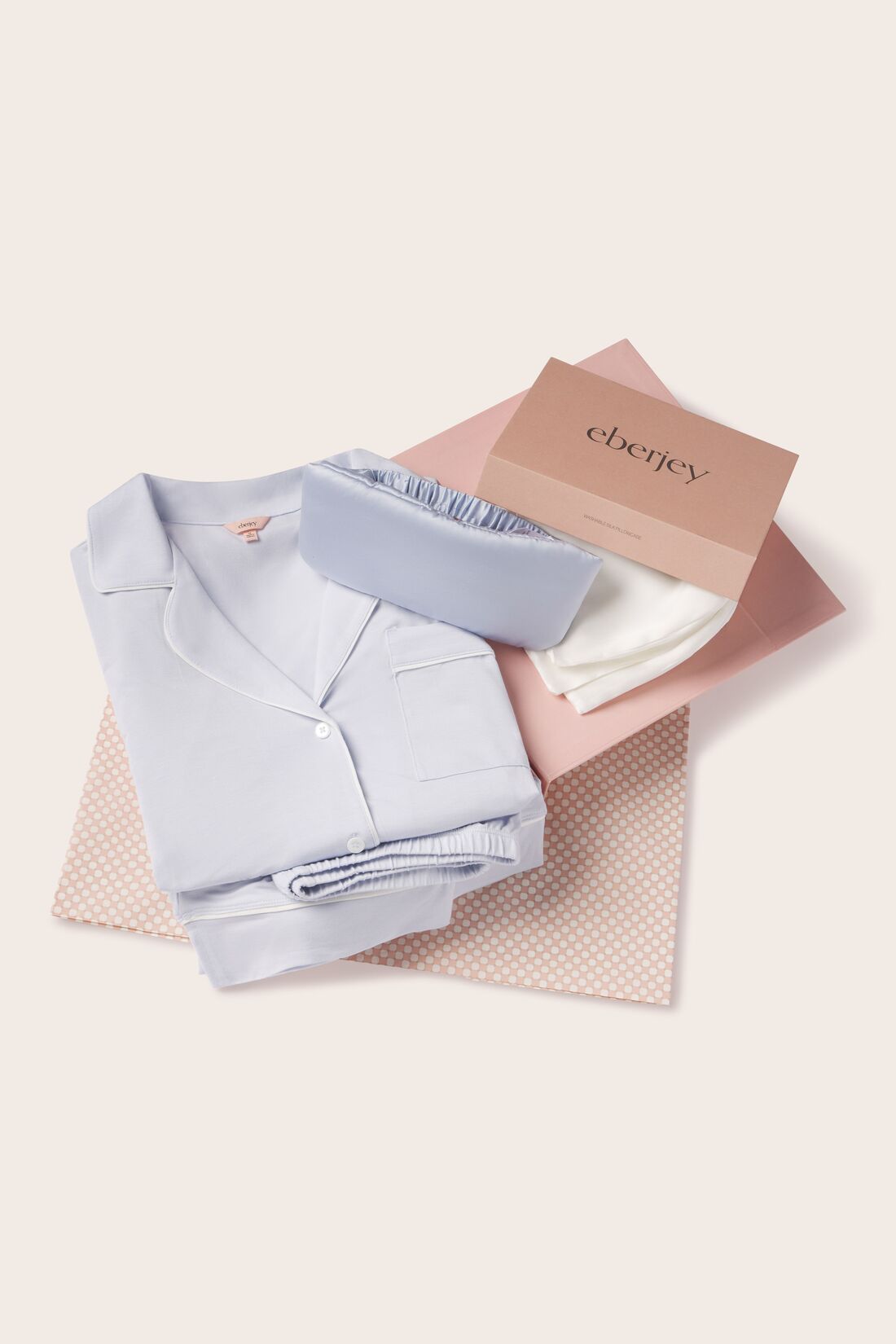Were you lucky enough to have a grandmother knit you a sweater, or beanie with a pom-pom on the top?
Because if she did, those threads, fibers, or yarns tend to be shorter and thicker by nature. Coupled with the process of knitting (as opposed to woven fabric garments) you could expect grandmother’s creations to pill.
However, would we really want our grandmother’s crafted creations any other way? It’s a part of its character, and would probably show well at your family’s or company’s holiday party.
3 Factors That Lead to Fabrics Pilling
The biggest factors that lead to pilling are:
- Tread/yarn type, thickness, and length.
- Woven or knit or mixed-thread, basically the fabric’s construction.
- Static electricity, which is usually due to friction and can lead to the threads breaking down and thus pilling. This tends to be especially relevant when using synthetic fabrics — think of rayon sheets in winter.
One of the best things about natural fabrics is that any sort of pilling is less obvious. This is because the ends of the fibers naturally break away, or shed from the garment. Whereas synthetic fibers, rather than the ends breaking, they tangle with each other and create pills.
Does Silk Fabric Pill Easily?
All fabrics will pill to some extent, as time and friction work to break down the threads. However, the nature (and length) of a silk thread is highly resistant to pilling.
Certainly, the tinsel strength of silk has to offer some benefit to its longevity. This is to the point that some consider their purchases of silk clothing and items as heirloom pieces.
This means that if you take care of your silk garments by not machine washing them (unless they are washable silk like our pajama collection) with harsh chemicals (or your jeans) or hanging them in the direct sunlight to dry, they can certainly last your lifetime and longer.
Note: If you’re curious about the longevity possible with silk, Google: ‘2000 year-old Chinese silk fabric’ for some photos. Then realize its the general consensus that the Chinese ‘discovered’ and began producing silk fabrics approximately 5000 years ago.
Though linen is a cellulose fiber and silk is a protein fiber, the two (along with denim, and Pima cotton) tend to pill the least of all. Thankfully, they all feel great on the skin too, and in different ways, can look even better with use.
Does Linen Pill?
The short answer is no, not nearly as much as synthetic fabrics. Natural fibers like linen, wool, and cotton tend to shed their fibers, and this makes the shedding, and the ‘pilling’ less noticeable.
Linen, as a fabric for garments, takes a while to come into its own. It’s widely considered that after 3-5 years, linen garments tend to take on a shine and actually look better than when they were first purchased. The opposite is true for cotton as it breaks down.
For example, when it comes to bed linens, better quality linen fabrics, along with longer cotton fibers (Pima and Egyptian), will pill less than fabrics using shorter cotton fibers. Not to forget to mention, could literally last decades.
Linen and silk can be less prone to pilling and certainly feel the best directly on the skin.
Synthetic Fabrics and Pilling
While synthetic fibers come in at a lower price point, they are far more susceptible to pilling. They also don’t have the same luxurious feel directly on the skin as most natural fibers do (particularly silk or linen). Generally, they don’t age well and can better hold an electrical charge (think of synthetic sheets in the wintertime).
Finally, synthetics are much worse for the environment, both in the ways they’re created and also as disposable products when it’s time for them to be sent to the trash heap.
How Often Does TENCEL™ Fabric Pill?
When cleaning TENCEL™ garments, do not soak or wash them for too long. This is because TENCEL™ fibers are fabricated from wood pulp, so they have great hygroscopicity. This means the fibers will take on water which can cause the ends to break off.
However, because they are a well-engineered and sustainable fiber, the ends of the threads will break off, or shed, rather than pilling as most synthetics do.
Here are some tips to help take care of your TENCEL™ fabrics:
- Wash your garments less often. TENCEL™ fabric has anti-bacterial properties that could allow you to go longer between washings.
- Wash your TENCEL™ fabrics inside-out. That way the pilling will stay on the inside of the garment.
- Wash by hand and dry on a line. The less machine agitation the better.
- Stay away from harsh chemical detergents. This is good for you as well.
- Wash in cool water and never iron.
- Try a lint shaver.
Does Pima Cotton Pill?
Pima (the ‘King of Cottons’) Cotton was developed in the American Southwest as early as the 1790s. It’s thought to have been a breeding project sourced from Egyptian Cotton genetics in an effort to create a better cotton species.
Pima tends to have fibers that are twice as long as normal cotton fibers. This means that garments made from this comfortable textile stay wearable for years and years to come. And, because it’s a natural fiber, it will slowly shed its broken ends so the pilling that does happen is almost invisible.
Like wool, linen, and silk, Pima Cotton will last better than any other cotton on the market. All the while, feeling great for many years to come.
Pima Cotton at Eberjey
Our signature lingerie’s amazing feel is due to our gorgeous Pima Strech Cotton. Cotton is a natural, biodegradable fabric, but ours is combined with a touch of spandex.
This makes our Pima Strech Cotton highly resistant to pilling and losing its drape (or shape) over time. Surprisingly, our Pima Strech Cotton softens over time and washings, never losing its luster. All the while being breathable, hypoallergenic, and absorbent — making it perfect for deep-sleep, or wearing all day, when you’re working from your home office.
Eberjey is here for your soulful comfort through long-lasting quality sleep and loungewear. We offer luxurious collections for women, men, and children. Here are our other links for more information about us, our fabrics, our journal, corporate gifting, and of course, how to contact us. #eberjey






